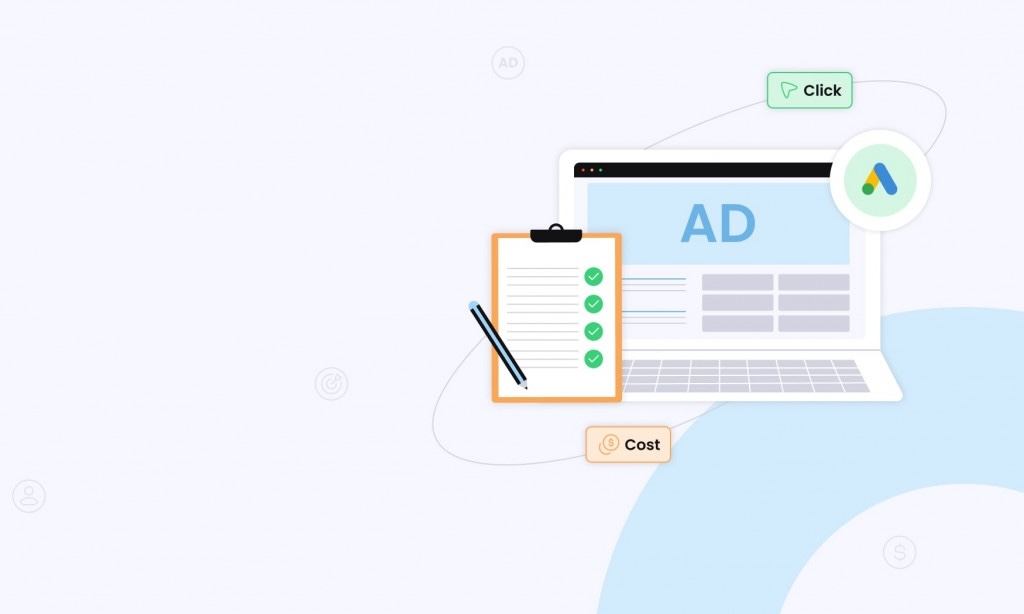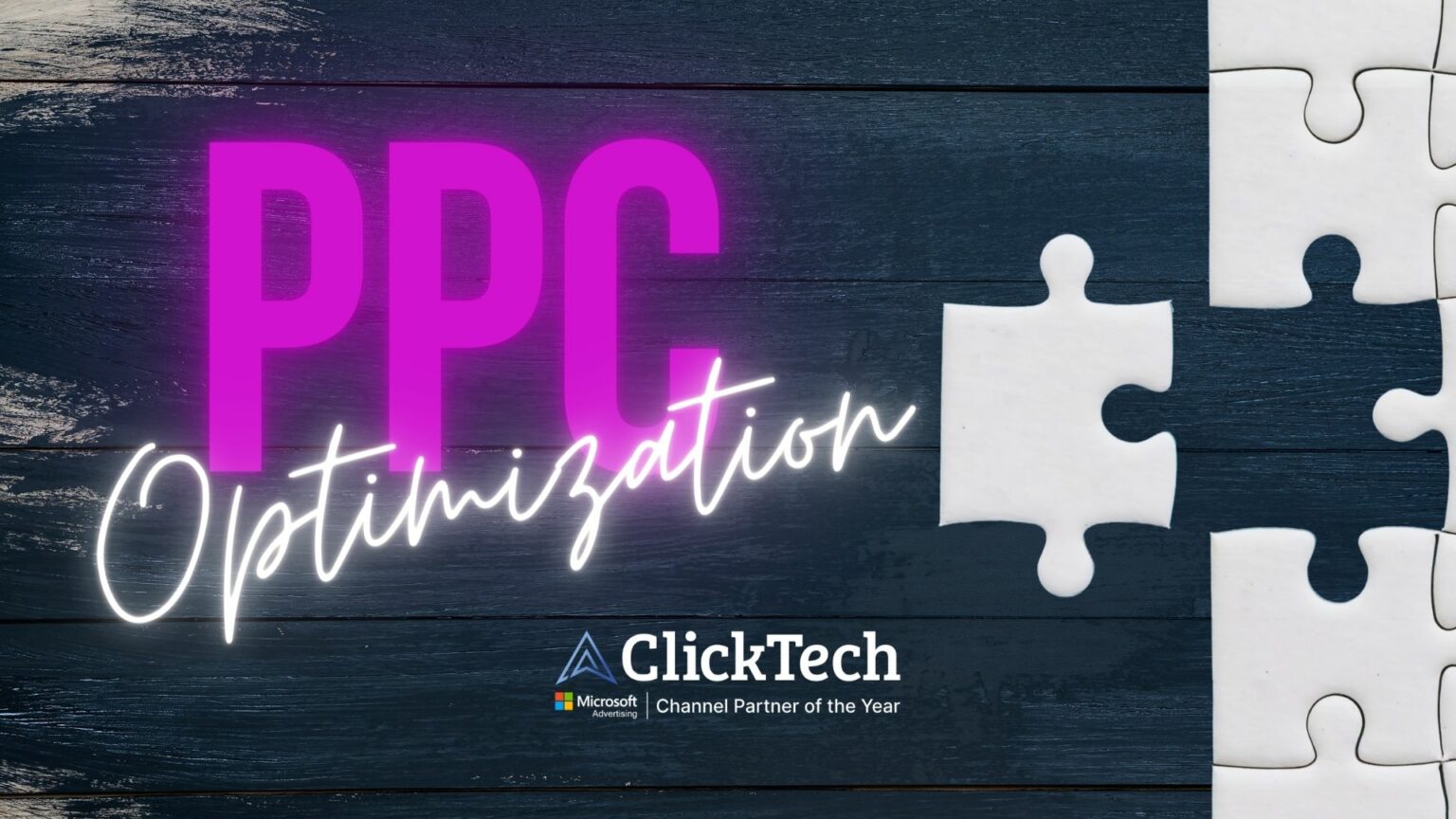
9 Tips to Improve Existing Landing Page Conversions


For online marketers, landing pages that don’t convert are like having a rock in your shoe.
You can’t see the problem, but you know it’s there -- and it hurts.
Even if you’re successfully driving traffic to a given page, your existing landing page conversions need to be effective enough to justify your ad spend, or your campaigns will be over before they start.
Why is Improving Existing Landing Page Conversions Important?
If you’re selling products or building your brand online, you’ll need to create landing pages at some point (if you haven’t already).
Unlike social media posts or paid ads, landing pages exist in a digital ecosystem that you own and control. Landing pages give you an opportunity to speak directly to users who were interested enough to click on your marketing collateral and learn about your offer.
And if you’ve enticed your prospects this far, you need to do everything in your power to keep them moving forward and convert. So with that in mind, here are nine tips to improve your existing landing page conversions.
1) Page Speed
If you’re trying to improve existing landing page conversions, it’s essential to remember that every second counts.
In other words, page speed is one of the most important factors in your landing page conversion rate.
For example, Google research found that 53% of mobile site visitors leave a page if it takes three seconds or more to load. Additional research by ThinkWithGoogle showed that every extra second of load time increases the likelihood that you’ll lose your site visitor.
Finally, Kissmetrics discovered that adding just one second to a page’s load time can decrease conversions by as much as 7%. To address this issue, start by running some speed tests to see where your landing page needs to be optimized.
2) Above the Fold Call To Action
Ideally, your landing page has just one job -- to get a user to take action. Most of the time, that involves clicking a button or filling out a form.
With that in mind, your primary call to action (CTA) should be visible immediately when your page loads. The user ought to be able to click and get started without any scrolling if they want to.
You’ll also need to make sure your CTA is clear and accessible on mobile and desktop devices.
3) Multi-Step Forms
Increase your conversion rates by reducing choice overload. If your process requires many questions, your conversion rates will be higher if they are separated into multiple steps.
The first step should have minimal, low-stakes questions, and the value of the information you ask for should increase as you go further into the form. This eases the user into providing the information as well as the user being invested in completing the process.
4) Remove Top Navigation
Most company websites have a standard set of links at the top of the page -- Contact Us, About Us, Services, and the like.
While this is a best practice for informational websites, it can actually be a bad move for your landing page.
People love clicking links, and extra places to click that aren’t related to your CTA and content can contribute to people leaving your page and reduced conversion rates.
If you’re trying to improve existing landing page conversions, you need to minimize the chance that a user will get distracted and go exploring.
Also, if you have required links that take users off of your landing pages, such as a Privacy Policy or Terms of Service, it’s very important to set those links to open in a new window or tab. That way users keep your landing page window open and they can pick up where they left off after leaving your page.
5) Use a “Sticky” CTA on Mobile
Locking a CTA button at the bottom of your mobile landing page as you scroll through the page can be a helpful add-on for existing landing pages. In one eCommerce agency test that looked at this specific tactic, a sticky “Add to Cart” button on the page generated 7.9% more completed orders.
If your CTA never leaves the screen, users never have to search for how to take their next step. This is especially helpful in advertorials and value-driven marketing content.
6) Incorporate Dynamic Geolocation Data
Unlike old dogs, existing landing pages can be updated with new tricks.
For example, your landing page can incorporate dynamic content that changes to reflect relevant user needs. By accessing location data via user IP addresses, your content can personalize and reinforce each offer.
7) Partial Data Capture
One of the benefits of forms with multiple steps (#3) is that the form can save the data as it is entered.
For example, you can equip your landing page to capture form data at each step. This way, you’ll get useful retargeting information about that user even if they abandon the form before completion.
8) Put a CTA in Every Row
Landing pages can vary in length, ranging from a single mobile or desktop screen to long-form explainer pages that seem to go on forever.
While the best length for your landing page is best determined through testing, one key factor in improving existing landing page conversions is to make sure there is a CTA button or opportunity convert on the screen at all times.
The “sticky CTA on mobile” mentioned above is one solution for this. But you can also customize button text in different sections to make it more relevant to the adjacent content, or switch between primary and transitional CTAs if the situation calls for it.
9) Integrate Your Landing Page With Your CRM
Finally, one of the most important changes you can make for better existing landing page conversions is integrating your page (or pages) with your customer relationship management system (CRM).
By connecting your lead-generating landing page with your sales and operations platforms, you can eliminate the possibility of prospects slipping through the cracks due to human error. And you can maximize your ad spend by automatically targeting users based on the data -- or partial data -- that your landing page captures.
Integrating your systems will require both technical and marketing know-how. The details may also vary depending on your specific sales funnel, the CRM you’re using, and the data you collect on your landing page.
Does your team have the marketing and technical knowledge to make your landing pages do their best work? Lab270 does. Click here to discuss how we can help you.





